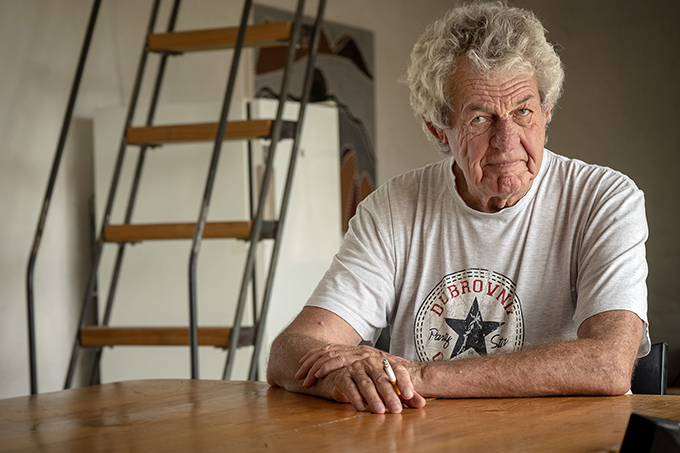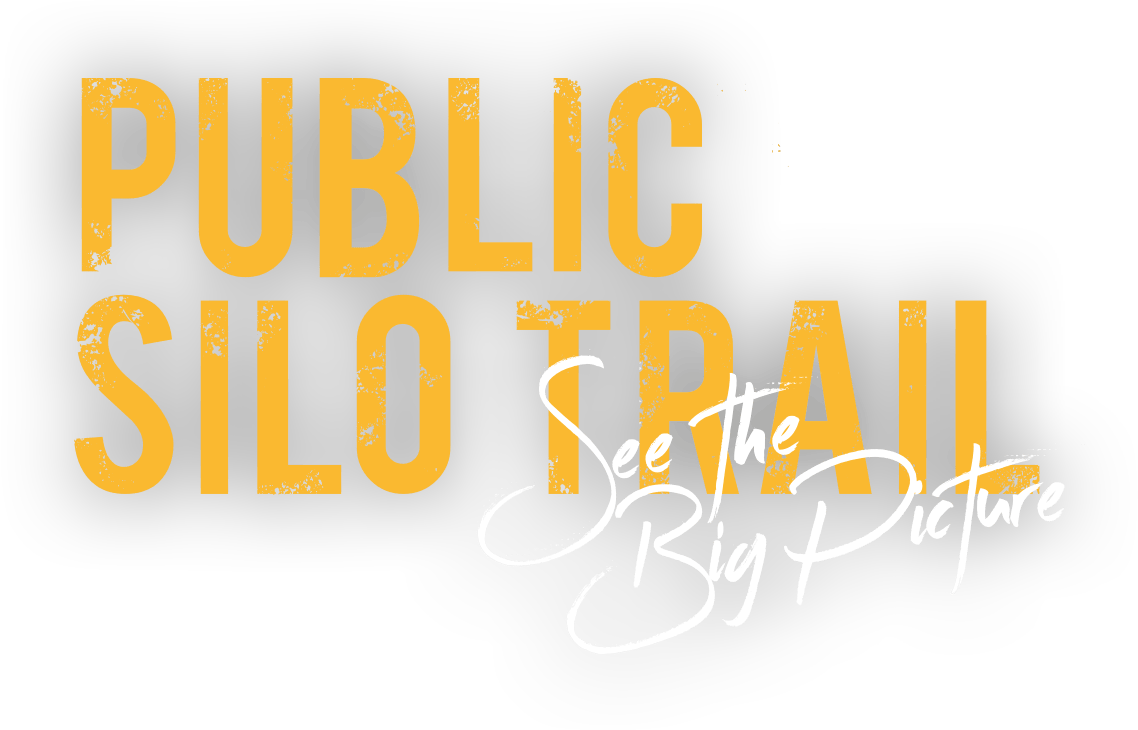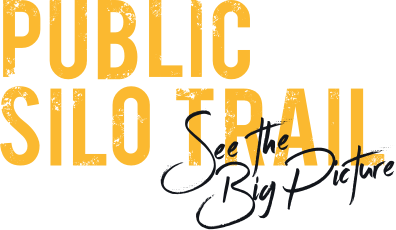Northam Hense and Phlegm

Brian Klopper
I grew up in Northam, and now in retirement, I’ve returned. Why come back? Well the simple answer, or the believable answer, is that I like building houses and the land in Fremantle was too dear. That’s the simple answer, but really, I think because I was born here, there was this attraction to my roots. People are like salmon, often drawn back to their birthplace.
My grandmother, Laura, namesake of the wine bar I’ve opened up on Gordon Place, had a vineyard on Toodyay Road. She actually did dried fruit, but I thought she’d forgive me if I went into wine. My mother was one of Laura’s seven kids. She learned to drive in a Ford A. One day as she was coming down the hill just outside Northam, she lost control, careering through a mob of sheep, killing a number of them. The farmer was quite understanding, but as a result of that incident, from the age of about twenty until she died at ninety one she never once renewed her license. She drove around with the same beautiful little license from 1920, which she kept in a little folder with ‘WA’ written on it.
I been involved in architecture all my working life, but I wasn’t really committed to it until I was about forty, and then suddenly saw the point. I had a practice in Subiaco with Bob Gare, and I think the change was the fact that we were the architects and the builders, so I didn’t have clients to answer to, or builders to answer to. I was just doing what I wanted to do, and fortunately the buildings sold. Mainly in Fremantle to start with, until people started to see the style replicated around the country. They seem to like it now. It’s not that I got extremely rich by huge commissions, but the popularity is nice.I think my initial style was very much like Northam’s early buildings: brick with timber frames and tin roofs. It started as an Avon Valley style, really. Original Northam buildings had a great simplicity about them. I grew up in an absolutely modernist school of architecture – and it just didn’t sit well with me. So I started to create these big boxes with timber roofs on them, and it developed from there. Being my own builder, it was okay to develop new ideas: steel windows, floors on sand, bolts.
I made incredible friendships by building things. It’s much more profitable than running a bar. You’d come together, with generally a couple of other people, our contractors and subcontractors; and you’d create something together and then it would be over and you’d have a party. It was really a great way to spend a day. I’m still in contact with many of the people I worked with over the years.
Then, after a lifetime in architecture, I came to be a publican for some reason. I’d retired here and I got very bored, so I looked around and thought “What do they need here? They need a small bar”. I chased up some land and started the process. I didn’t really think about running it at all, I just thought about building it. It’s different being publican; you measure out your fortunes in eight dollar glasses of wine. It’s like I’m measuring my life out in coffee spoons, where as an architect you’d get a lump of money every now and again. I don’t mind it, I meet lots of people. We get a number of regulars that will come in. We have a fortnightly tango class run by the local magistrate, and there’s just a great feeling about it all.
The thing about Northam is it doesn’t have an agenda. There’s a great range of people here. There’s the Aboriginal community, and they’re about four or five key families, and Northam was also where all the immigrants came to after the war. Many of them stayed on, so you’ve got Polish, Lithuanians. You also get Fly-in Fly-outs, because it’s only an hour to the airport, and then you get people who retire here. So it’s fascinating, there are all sorts.

